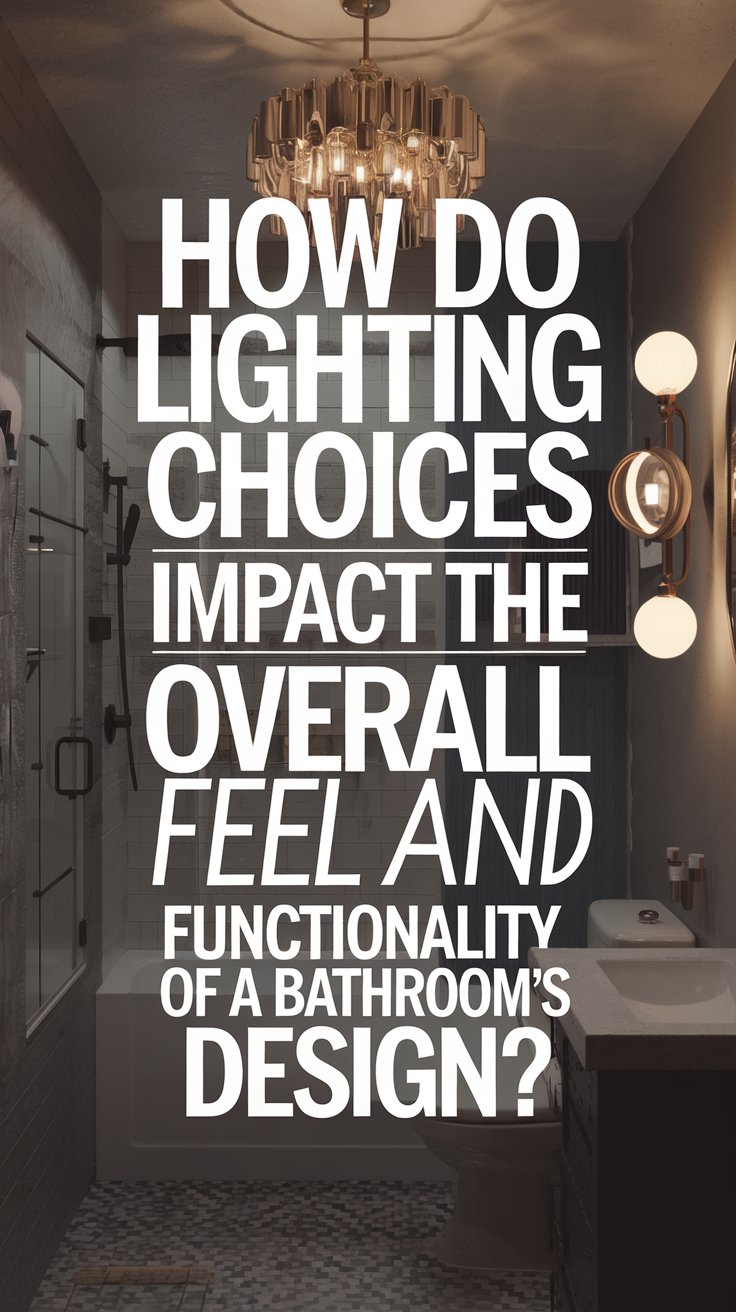Setting a Realistic Budget
1. Evaluate Your Financial Situation:
- The average bathroom remodel in the U.S. can range from $6,000 to $15,000, depending on scope. For a full remodel, aim to set aside around 5-10% of your home’s total value.
- Consider how long you plan to stay in your home; higher-end renovations are worth it for long-term homes, while budget-conscious updates are better for resale within a few years.
2. Prioritize Your Goals:
- Essential upgrades: Plumbing fixes, mold or water damage repair, ventilation, and lighting are high priorities.
- Aesthetic improvements: Choose finishes, paint, and fixtures that reflect your desired style without going overboard.
- Luxury add-ons: If your budget allows, add amenities like heated floors, a spa tub, or a rain shower.
3. Create a Rough Budget Breakdown:
- Labor (20-35%): Professional labor costs can vary. Save on labor by completing small tasks yourself, like painting or installing hardware.
- Fixtures and Materials (30-40%): Quality fixtures matter for longevity. Splurge on items like shower heads and faucets but opt for mid-range alternatives on less critical parts.
- Additional Costs (10-20%): Allocate funds for unexpected costs, like plumbing issues or structural changes.

Maximizing Your Budget
1. Opt for Budget-Friendly Materials Without Sacrificing Quality:
- Countertops: Laminate countertops mimic marble or granite but at a fraction of the price. Quartz is a durable choice if your budget allows.
- Tile and Flooring: Subway tiles are affordable and timeless. Use them strategically to reduce tile usage, such as in the shower only. Vinyl or ceramic flooring is both budget-friendly and stylish.
2. Refresh Instead of Replace Where Possible:
- Cabinetry: Refinish existing cabinets rather than buying new ones. A fresh coat of paint, new hardware, and added storage accessories can make a significant difference.
- Bathtubs and Showers: Resurfacing an existing tub is cheaper than replacing it. If your tub or shower needs to be replaced, consider prefabricated options, which are typically more affordable than custom tile showers.
3. Go Minimal with Luxury Touches:
- Accent Tiles: Use more expensive tiles sparingly, perhaps as a backsplash or accent strip. This adds visual interest without a huge cost increase.
- Lighting Fixtures: Update lighting for a fresh look. Choose stylish fixtures from budget-friendly sources like IKEA, Home Depot, or Wayfair.
4. Consider Affordable DIY Tasks:
- Tackle simple jobs yourself, such as painting, installing shelves, or changing light fixtures.
- Get creative with DIY wall accents, open shelving, and mirror frames for a custom look without the designer price tag.
5. Find Deals on Quality Items:
- Look for clearance sales, overstock websites, and gently-used materials at salvage stores for big-ticket items like vanities and fixtures.
- Sign up for emails from home improvement stores, and check local Facebook Marketplace or Craigslist listings for discounts on items.

Tips for Each Area of the Bathroom
1. Walls and Paint:
- Fresh paint in a light color can make the bathroom feel more spacious. Choose a high-quality moisture-resistant paint.
- Add a statement wall with wallpaper or tile for added style, but limit this to one wall to save on costs.
2. Flooring:
- Consider durable and waterproof options like luxury vinyl planks or tile. Both are affordable and easy to maintain.
- Avoid hardwood flooring, as it can warp in humid conditions. Instead, use wood-look tiles for a similar effect.
3. Shower and Tub Area:
- Install a glass shower door to modernize the look and make the space feel larger. Opt for a simpler glass style, which is often cheaper than ornate or frosted options.
- Add a rain showerhead for a luxurious touch. Choose fixtures in brushed nickel or matte black for a contemporary look that’s affordable and stylish.
4. Vanity and Sink:
- A single sink vanity is a practical and stylish choice in smaller bathrooms.
- Opt for a semi-custom or stock vanity for savings. Add storage baskets or organizers for better functionality.
5. Fixtures and Hardware:
- Upgrade your faucet, towel bars, and drawer pulls for an instant refresh.
- Stick to one finish (e.g., chrome or brass) throughout for a cohesive, high-end look without splurging on each piece.

Hiring Professionals vs. DIY
1. When to Hire a Pro:
- Hire professionals for plumbing, electrical work, and major tile installations, as these require specific skills and can be complex.
- Get multiple quotes from contractors to find a good balance of cost and experience.
2. DIY-Friendly Tasks:
- Painting, caulking, and hardware updates are manageable DIY projects for most people.
- Installing items like towel bars, mirrors, and shelving can be done with basic tools.

Keeping the Remodel Organized and Efficient
1. Plan and Schedule:
- Make a detailed list of everything you need, along with estimated costs. Stick to your budgeted amount as closely as possible.
- Schedule major tasks in advance and line up any necessary professionals ahead of time to avoid delays and unexpected expenses.
2. Use a Budgeting App or Spreadsheet:
- Track each expense, including smaller items, so you don’t lose sight of the overall budget.
- Allocate money for potential overages to handle any unexpected costs smoothly.
Conclusion
Budgeting for a bathroom remodel involves planning and prioritizing. By carefully choosing materials, opting for DIY when possible, and reserving splurges for high-impact areas, you can achieve a modern, functional, and stylish bathroom without exceeding your financial limits.







